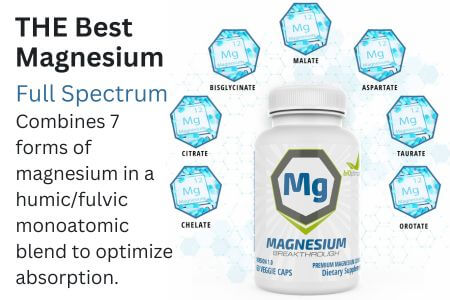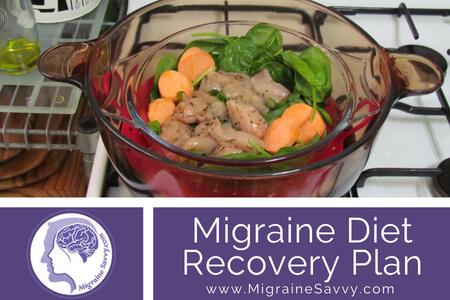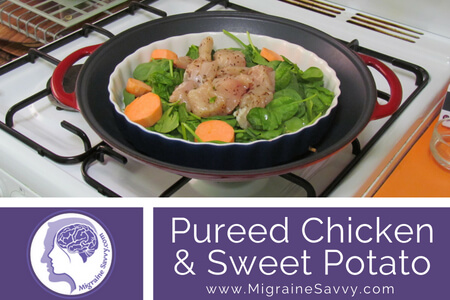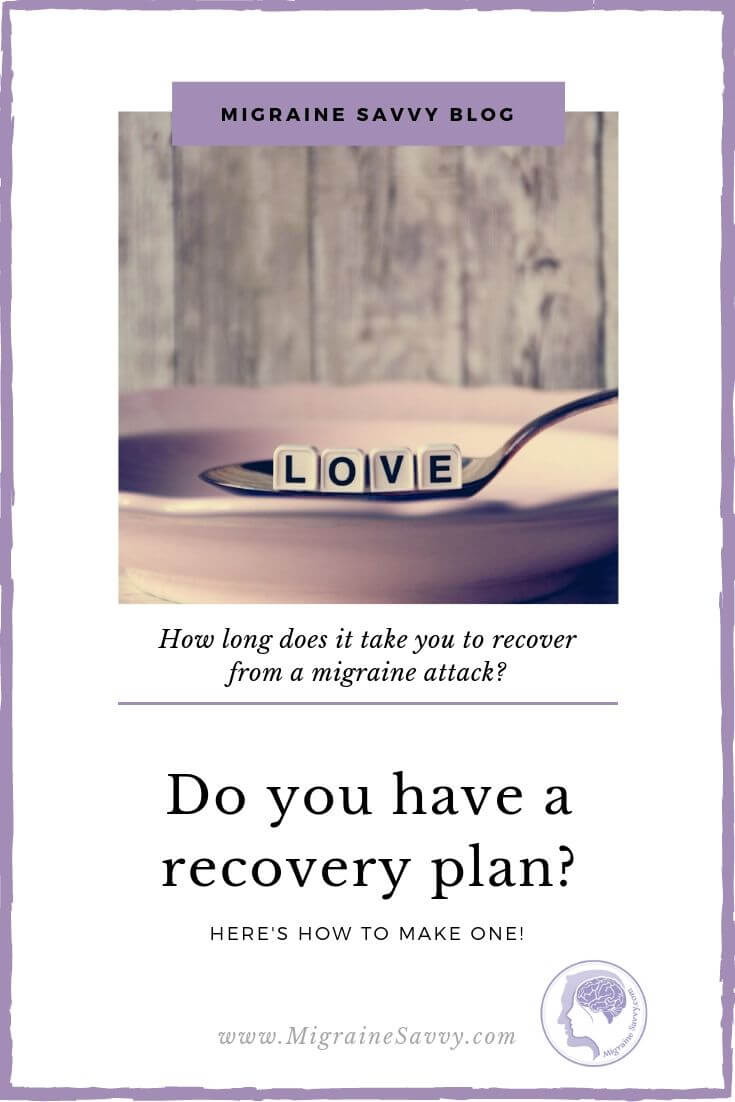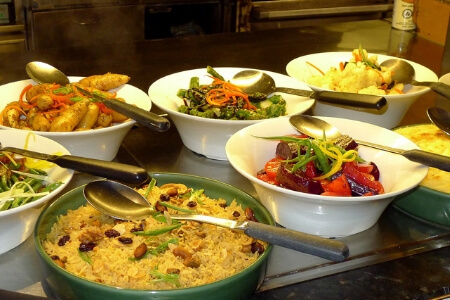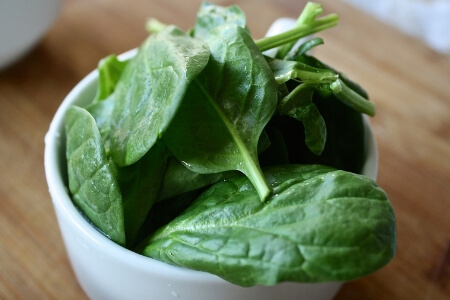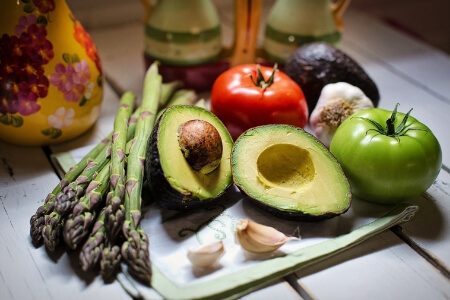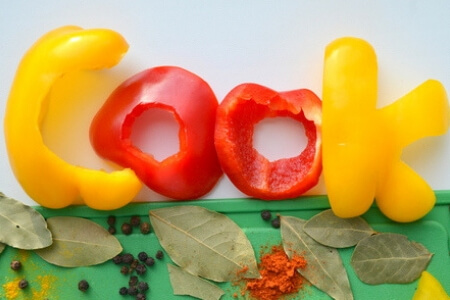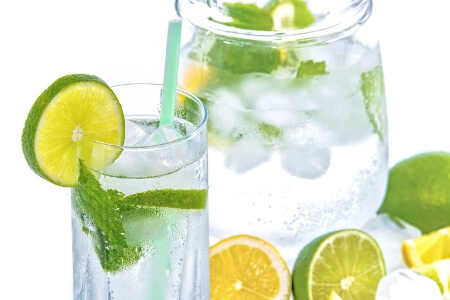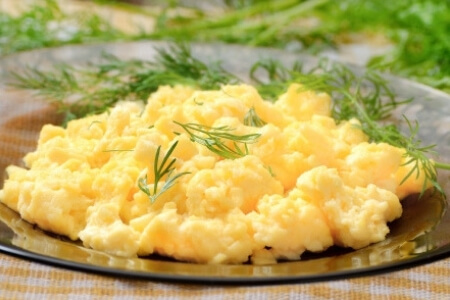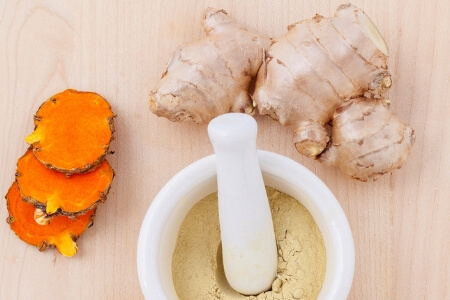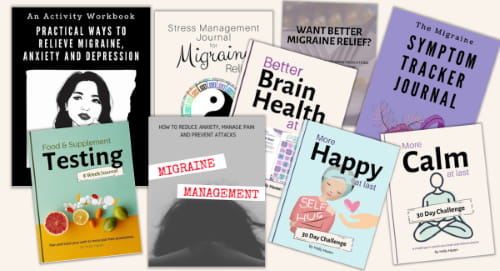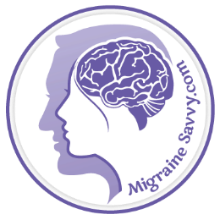- Home
- Food & Diets
- Migraine Diet Recovery Plan: How To Make One
Magnesium Deficient = More Migraine Attacks
Science confirms this hidden trigger.
Get all 7 forms your body actually absorbs in one bottle.
🎁Save 10% with my code!
Magnesium Deficient = More Migraine Attacks
Science confirms this hidden trigger. Get all 7 forms your body actually absorbs in one bottle +
🎁Save 10% with my code!
Migraine Diet Recovery Plan: How To Make One!

Consider steaming and pureeing your food as part of your migraine diet recovery plan.
Do you have a recovery plan? I do now, and this is a new idea I just had to share.
Poor digestion is common with migraine sufferers.
Before, during and after an attack many of us suffer with digestion problems.
My very expensive specialist doctor suggested I try this idea to help my body recover more easily from the long term attacks.
Get your optimum nutrients faster and more efficiently by cooking your premeasured portions, the right way (steaming – Chinese style), saving all the juices and then popping it through a blender or a food processor. It sounds like soup for breakfast. How very macrobiotic of us!
Discover a new way to cook and have
nutritious things to eat after not eating for 3 or more days during a
migraine attack. Gently get back to solid foods.
Use this system to aid your recovery, be proactive and maintain your overall health and well-being.
My #1 Choice in Magnesium Supplementation
Let's look at methods and portions first...
You Can Start With This Simple Cooking Method
This is a new way to cook for me.
It is not steaming where you put vegetables in the top of a steamer sauce pan and let all the goodness drip out.
It’s steaming in a
way to catch all the juices from your food.
Creatively, I have put a small casserole dish on top of a silicone
steamer – to keep the glass separate - inside a large casserole dish
filled with approximately 1.25 liters of water for steaming.
All the
ingredients go into the small casserole for steaming, with no lid. The
lid goes on the large casserole dish covering it all.
Chinese Style Steaming
Another way to steam your food is to use a traditional Chinese style wok.
Put a plate - with a lip to catch the juices - inside the wok. Use chop sticks to keep the plate above the water.
The steam will cook the food and fill the plate with liquid and
you can puree it all together. This liquid retains the nutrients from
all of the food.
Remember, the trick is to catch ALL the cooking juices.
Measuring Your Portions For Weight Gain Or Weight Loss
Breakfast, lunch and dinner - these are the portions my doctor has suggested I use for slow cooking or steaming:
Use 200 grams of meat or
300 grams of seafood if you are trying to put on lean muscle weight, if
not, reduce the protein portion only to:
- 100 -150 grams of meat or 200 - 250 grams of seafood
- 1.5 cups of vegetables
- 50 grams of good carbohydrates
These portions may vary depending on your overall health. This is just a basic guideline to help you get started.
FYI - Soup broths use 5 liters of water and are cooked for 6 hours, the
meat is discarded and stews use 2 liters of water and get processed
through the blender to eat. Nothing is discarded.
Here Are 3 Recipes to Help You Get Started
Here some migraine diet recovery plan recipes to help you get started:
Good Examples of Healthy Food Choices You Need To Know About
We already know it is really important to stay hydrated as migraine
sufferers, so this is number one for my migraine diet recovery plan. Eight glasses of water per day is recommended.
Spring, mineral (avoid high levels of sodium – choose higher levels of calcium and magnesium) or well filtered water.
Herbal Teas
are good.
Celtic salt, natural Sea salt or Himalayan salt are to be used.
So – no table salt, no alcohol, no coffee substitutes, never margarine
if possible, avoid processed foods - cans, jars, packaged.
No refined sugar – do choose honey, 100% maple syrup, rice syrup, palm sugar, Stevia or Xylitol.
Cuts of meats best for slow cooking or steaming are - shanks, shoulder, round, rump, and chuck.
Good fat for cooking and oil for marinades are – butter, ghee, coconut fat, duck fat, olive oil.
Good carbohydrates are – brown rice, quinoa, basmati rice, sweet
potato, potato, pumpkin, green peas, split peas, chickpeas, lentils,
dried beans.
High fiber vegetables are – cauliflower, broccoli, cabbage, brussel sprouts, onion, leek, zucchini, button squash, pumpkin, carrot, parsnip, turnip, celery, green beans, spinach, choko, capsicum, and beets (beetroot in Australia).
Fresh herbs are good – mint, basil, coriander, parsley, dill, thyme, etc.
More Migraine Diet & Food Ideas
WANT HELP WITH FOOD ?
MIGRAINE PAIN MANAGEMENT COURSE
There's an 8-week food experiment in my Migraine Pain Management Course. The first module is free >> click here for more
Until next time, be well, and may your toughest days be met with comfort and care. Keep going - you are stronger than you know.
~ Holly, Migraine Savvy
WANT MORE TIPS? Subscribe to my newsletter and follow along on Facebook and Pinterest for all of the latest updates.
FOOD & DIETS Related Articles
MIGRAINE SAFE RECIPES Related Articles
How to be more MIGRAINE SAVVY right now...
